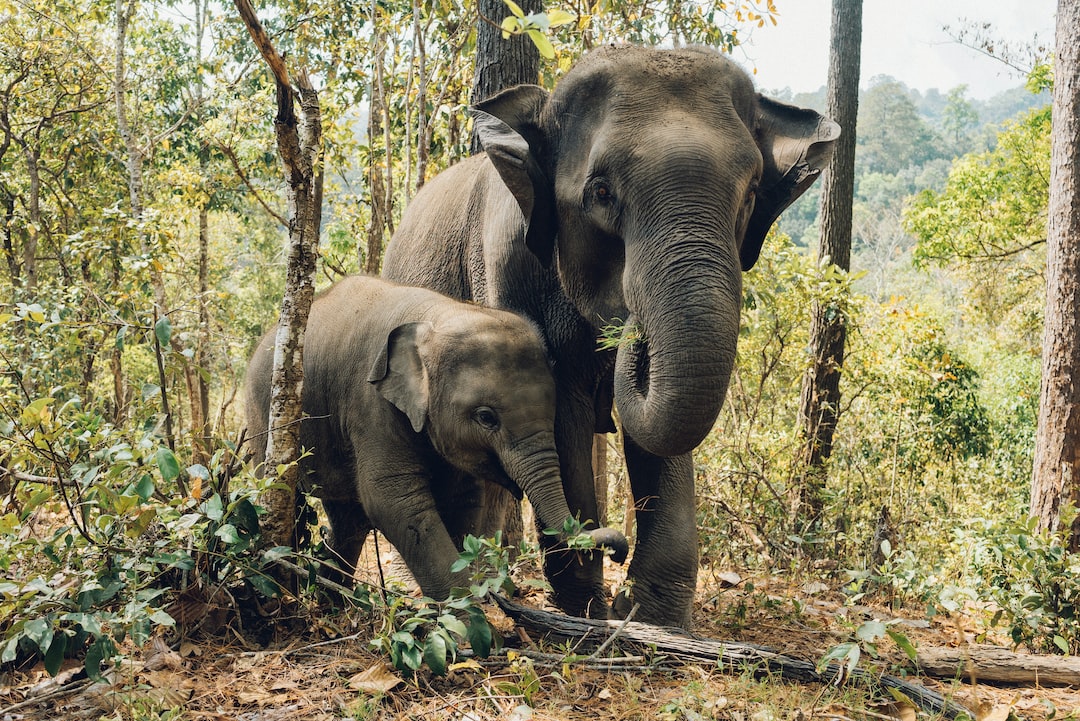Urban Wildlife: How Animals Adapt to City Life
Cities are often thought of as concrete jungles, devoid of any form of natural life. However, if we observe closely, we will find that several species of wildlife have managed to adapt and thrive in these challenging urban environments. From squirrels darting across busy streets to birds perched on skyscrapers, urban wildlife has found creative ways to coexist with humans and make the city their home.
One of the most impressive examples of adaptation is the prevalence of raccoons in urban areas. Native to North America, these intelligent creatures have become masters at adapting to urban environments. Raccoons are incredibly resourceful and have cleverly figured out how to scavenge for food in trash cans and dumpsters. Their dexterous paws can easily manipulate latches and handles, allowing them to open bins with ease. Raccoons have also learned to cross roads safely, understanding traffic patterns and using storm drains and sewer systems as shortcuts.
Birds are another group of animals that have successfully adapted to city life. Despite the lack of natural habitats, cities provide an abundance of food sources for birds, such as food scraps, insects, and even the occasional pigeon or squirrel. Many bird species, like pigeons and sparrows, have adapted their diets and even behavior to take advantage of these food sources. They have also found shelter in the form of high-rise buildings, nesting under bridges, and even in tiny crevices along skyscrapers. Some species, like seagulls, have even learned to follow fishing boats or visit fish markets to scavenge for their next meal.
Squirrels, with their agile bodies and sharp claws, have become a common sight in urban areas, often seen darting across power lines or leaping from tree branch to tree branch. They have adapted to city life by creating nests in tree hollows or building dreys, which are large nests made of twigs and leaves, usually nestled in the crook of a tree or even on a rooftop. These industrious creatures have also learned to scavenge for food by raiding bird feeders, stealing food from picnics, and even digging up flower bulbs from gardens.
Another fascinating example of urban adaptation is seen in foxes. Once confined to rural areas, foxes have become increasingly comfortable living in cities. They are known to inhabit parks, golf courses, and even disused railway lines. These clever creatures take advantage of the plentiful food sources in cities, including rats, mice, and discarded human food. They are also known to be highly opportunistic and have even been spotted hunting pigeons in city squares. Their ability to adapt to different habitats and diets has allowed them to thrive in urban environments.
Interestingly, some mammals have adapted to city life not by altering their behavior but by altering their appearance. For instance, city-dwelling squirrels are often found to be much darker in color compared to their rural counterparts. This phenomenon, known as industrial melanism, is a genetic adaptation that allows these squirrels to blend in better with the dark and smoky surroundings of the city. This darker coat provides them with better camouflage, offering protection from predators and increasing their chances of survival.
It is crucial to mention that while some animals have successfully adapted to city life, others have not been as fortunate. Habitat loss due to urbanization, pollution, and the frequent presence of human beings can create significant challenges for wildlife survival in the city. For instance, the decline of bees in urban areas poses a severe threat to pollination, which is essential for a healthy ecosystem. Additionally, the effects of light pollution disrupt the migratory patterns of birds, leading to disorientation and even death. Therefore, it is essential to find a balance between urban development and preserving natural spaces to ensure the continued existence of urban wildlife.
As cities continue to expand and encroach upon natural habitats, it is crucial to understand and appreciate the resilience and adaptability of urban wildlife. These animals have learned to navigate the concrete jungles we have created, finding innovative ways to survive and even thrive amidst the challenges they face. By respecting and protecting these urban habitats, we can create a harmonious coexistence between humans and wildlife, ensuring the biodiversity of our cities for generations to come.

